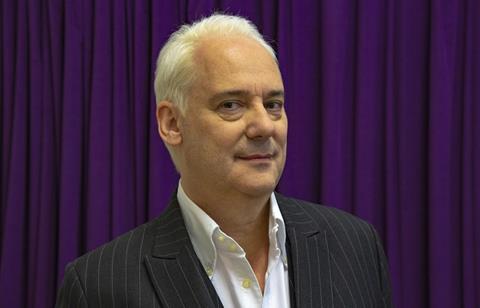
Smartphones are embedded in the vast majority of consumers’ lives. This should make providing access to employee benefits and health interventions via an app a hygiene factor for any organisation, but is simply enabling an app enough to drive engagement?
Phones are littered with applications that have been downloaded with enthusiasm but only used once or twice. Having an app, therefore, is unlikely to drive more use of a program in its own right. In addition to making benefits mobile accessible and user-friendly, employers need to give staff a good reason to engage.
There is growing evidence that the most successful services are those which are gamified and give the employee the opportunity to regularly obtain extra perks as a result of their sustained use.
One example of this is the Vitality benefits programme. The average user interacts with the app over 500 times a year, a level of engagement most organisations can only dream of. Through regular exercise and other wellness activities such as meditation, health checkups and healthy eating, users can earn points which can bring them valuable benefits.
With programmes built along these lines, if the user does not engage with the service, they will not unlock the full benefits available to them, which provides a further incentive and encourages ingrained usage. Equally, gamification appeals to human nature and drives more use, which in turn helps build health and wellbeing initiatives into long-term healthy habits.
Ian McKenna is director at the Finance and Technology Research Centre
Read more...
The impact of digital healthcare on health and wellbeing strategies
RSK employees use technology to track steps in pedometer challenge
















